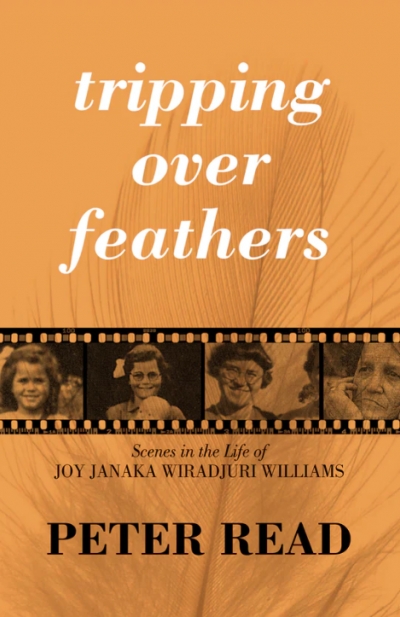Sarah Kanowski
Tripping Over Feathers: Scenes in the life of Joy Janaka Wiradjuri Williams by Peter Read
by Sarah Kanowski •
The Cambridge Companion to English Novelists by Adrian Poole & The Cambridge Companion to the Twentieth-Century English Novel edited by Robert L. Caserio
by Sarah Kanowski •
Mr Isherwood Changes Trains: Christopher Isherwood and the Search for the 'Home Self' by Victor Marsh
by Sarah Kanowski •
Other Colours: Essays and a Story by Orhan Pamuk (trans. By Maureen Freely)
by Sarah Kanowski •
The Singing by Stephanie Bishop & The Patron Saint Of Eels by Gregory Day
by Sarah Kanowski •







